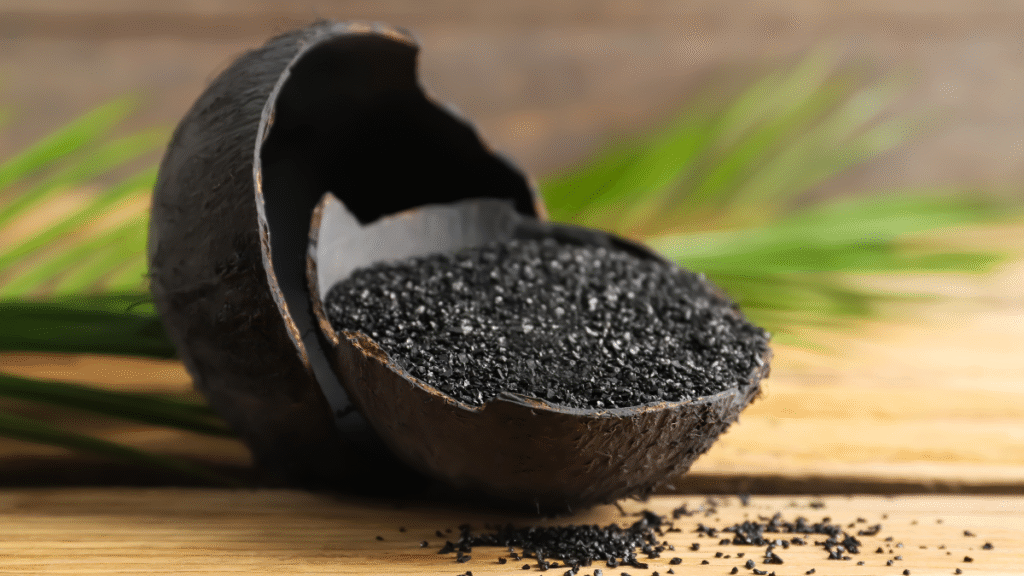Activated carbon, more commonly known as activated charcoal, is a material with numerous benefits in various aspects of human life.
While its name may sound unfamiliar to some, its presence has made significant contributions in various fields, from water treatment to the pharmaceutical industry. Depending on its use, activated charcoal can be used in various forms.
What is Activated Carbon?
According to EPA (U.S. Environmental Protection Agency), activated carbon is a material used to filter hazardous chemicals from contaminated water and air. It consists of black granules of coal, wood, or other carbon-rich materials.
This material is a highly economical solution for various industries because it is readily available and can be made from wood, coal, or coconut shells. Each base material may offer slightly different products, but generally, their function remains the same in different applications.
Read Also: Ensure Water Quality with the Right Water Treatment Chemical
Types of Activated Carbon
Activated carbon is categorized into four types based on its physical appearance.
1. Powder
Powder is a type of activated carbon that comes in a fine powder form. Activated carbon in powder form has a very large surface area and is highly efficient at adsorbing harmful substances from various solutions.
Due to its small size, this type is often used in applications where rapid contact between the activated carbon and the solution being treated is required.
2. Granular
Granular is a larger, granular form of activated carbon. Unlike powder, which comes in a fine powder form, granular has larger grains, allowing fluid flow to pass through the media more efficiently. Due to its larger size, this type is commonly used in water and air filters, both in industrial and household applications.
3. Fibrous
Fibrous is a form of activated carbon that has a fibrous structure. This structure gives the fibers high mechanical strength and a large surface area, making them ideal for use in applications where flexibility and mechanical resistance are required.
Examples of its use include face masks, protective clothing, and reusable air filters.
4. Cloth
Cloth is a form of activated carbon composed of carbon fibers woven into a cloth or carbon fiber-based fabric. This type offers high flexibility and mechanical strength while maintaining high adsorption capacity.
Functions of Activated Carbon
Activated carbon has numerous functions, and its uses vary slightly depending on the industry. What are the functions of activated carbon? Here’s an explanation.
1. Air and Gas
Various types of activated carbon can be used to filter gases. The specific form is chosen based on the desired result and includes cloth and granular activated carbon.
Some of the most popular gas purification applications for activated carbon include removing hydrogen sulfide from natural gas and filtering air in air conditioning units. In this second application, activated carbon helps remove radon and odors from recirculated air.
2. Mining
Activated carbon is also used in mining to recover precious metals, particularly gold. Due to its adsorption properties, activated carbon is used to separate carbon from cyanide in the final stages of mining.
3. Food and Beverage
Activated carbon is used in the food and beverage industry to improve the purity, aroma, and flavor of certain food and beverage ingredients, including juices. Sweeteners can also have unwanted color and byproducts removed using activated carbon.
4. Water Treatment
Activated charcoal is used in water purification as a primary and tertiary treatment. Granular and powdered activated carbon are used for water purification. In the initial treatment phase, the primary goal is to remove and retain large particles. In the final stage of water treatment, activated carbon is used to control taste and odor.
Activated carbon is an important raw material in water purification. Specifically, the basic effects of activated charcoal include:
- Removing dirt and impurities suspended in water.
- Removing fishy odors.
- Adsorbing harmful dissolved organic compounds present in water.
- Has the ability to inhibit the life and growth of harmful bacteria.
With the aforementioned functions of activated carbon in water treatment, this material is considered a common application in water treatment systems, water purification equipment, swimming pools, aquariums, and more.
Each type of activated carbon has specific advantages and disadvantages depending on its application. Selecting the right type of activated carbon is crucial for achieving optimal results in specific applications, whether it’s water treatment, air purification, or use in personal care products.



